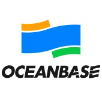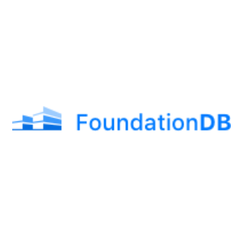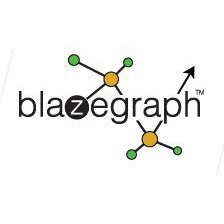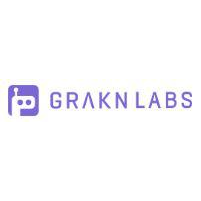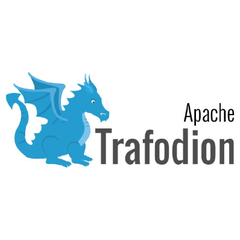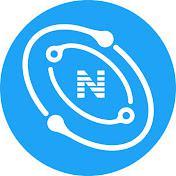
Nebula Graph
Nebula Graph is a cutting-edge distributed graph database designed for massive-scale graph processing with millisecond latency. Its native graph engine guarantees exceptional QPS and TPS, while nGQL simplifies complex queries. With support for on-premises, cloud, and hybrid deployments, it offers high availability, horizontal scalability, and robust disaster recovery capabilities for enterprises worldwide.
Top Nebula Graph Alternatives
Oceanbase
OceanBase is a cutting-edge distributed database designed to handle mission-critical workloads with unparalleled performance and reliability.
AntDB
AntDB is a cloud-native, distributed relational database designed for high-performance transaction and analytical processing.
FoundationDB
FoundationDB is a robust multi-model database that enables users to store diverse data types efficiently.
Blazegraph
Blazegraph™ DB is an ultra high-performance graph database capable of supporting up to 50 billion edges on a single machine.
Apache Accumulo
Apache Accumulo enables efficient storage and management of large data sets across clusters, leveraging Apache Hadoop's HDFS for data storage and ZooKeeper for consensus.
Grakn
Grakn is a sophisticated distributed database designed to facilitate the creation of intelligent data applications.
Apache Trafodion
It seamlessly integrates with Hadoop, providing SQL access to structured, semi-structured, and unstructured data...
rqlite
It features a user-friendly HTTP API, supports full-text and vector searches, and ensures secure deployments...
Top Nebula Graph Features
- Distributed architecture
- Millisecond latency
- Native graph engine
- Trillions of edges/vertices
- High concurrency support
- Easy-to-learn nGQL
- Compatibility with openCypher
- Cloud-native design
- Horizontal scalability
- Automatic disaster recovery
- Snapshot feature for recovery
- Browser-based visualization tools
- Enterprise-grade security
- Seamless integration with multiple languages
- Production-ready stability
- Effortless scaling options
- Supports complex queries
- Low-latency read/write
- Client libraries for integration
- Wide industry adoption
